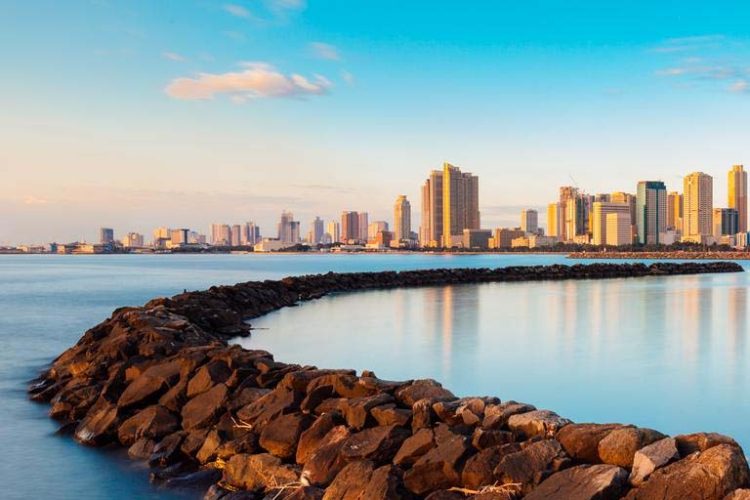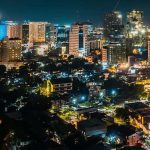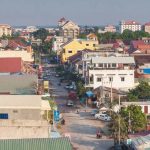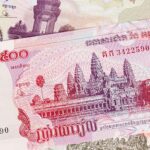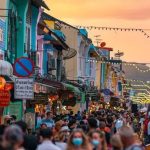Introduction
The Philippine capital of Manila is a peculiar mixture of old-world charm and blitzing modernity. Mostly overlooked next to other Southeast Asian neighbors, it offers a very strong case for retirees who value affordability in tandem with a rich cultural retirement experience. Herein lies a guide with some essential information to help you decide if Manila is the right place for you.
Cost of Living
Manila is relatively very cheap compared to most countries in the West. All basic expenditures like housing, food, transport, and entertainment are inexpensive, and a comfortable lifestyle is within easy reach with a modest budget. However, areas like Makati are more expensive. With some careful planning and budgeting, you should be able to find a nice balance between affordability and lifestyle.
Visa Requirements
Special Resident Retiree Visa: This is your requirement in order to retire to the Philippines. It involves a minimum investment in Philippine government securities or in property. There are several options available with SRRV, which have varying benefits and requirements. Do your research on the options and select one that works best for your situation.
Healthcare:
It has a developing healthcare system that combines a public and private hospital and clinic system. While vastly improved since the past few years, it is highly recommended to have health insurance to cover comprehensive treatments. Manila offers diverse healthcare facilities that also include internationally followed standard hospitals.
Lifestyle and Culture
Manila is a colorful city with a strong sense of culture. It would definitely keep you on your toes with activities from historical landmarks, museums, shopping centers, and entertainment districts. The expat community might be growing but gives many opportunities for connecting like-minded people. Filipino culture is warm and hospitable, and respect toward the locals and their customs is also needed.
Safety and Security
While Manila, just like any other large city, has its flaws, it is basically safe for locals. It logically follows that common sense precautions should be considered at all times: avoiding being in a lonely isolated place, especially during the night; not showing valuables too much; and taking care of personal belongings. Building local relations may ensure great safety and well-being for you.
Things to Consider Before Moving
Choosing the right area to live is important to enjoying one’s retirement in Manila. Consider your lifestyle preference and budget, as well as access to amenities. Property ranges from quite cheap apartments to high-end luxury condominiums. Be prepared for this tropical climate with hot and humid weather for most of the year.
Transportation
While Manila’s traffic may be a pain, the city boasts a variety of transportation modes. Buses and jeepneys are very affordable, albeit crowded and slow. Taxis and ride-hailing are available at your beck and call but expect paralyzing traffic during rush hours. Private cars are more convenient but mostly go with the hassles of horrible traffic and parking.
Education
If you have children or grandchildren considering education in Manila, there are a number of options available to them. The city has both public and private schools, with international schools also present that cater to foreign students. Higher institutions of learning, represented by universities and colleges, offer a wide array of programs.
Pros and Cons
Pros:
- Low cost of living
- Exciting city life and rich culture
- Quality healthcare
- Good community of expats
- Investment opportunities
Cons:
- Traffic congestion and air pollution
- Natural disasters—e.g., earthquakes, and typhoons—are possible, as is political and economic instability.
- Cultural adjustment Visa requirements can be complicated.
Weigh the pros and cons to see if Manila’s energy is dynamic and its low-cost lifestyle is what you’re looking for in retirement.
Related posts:

Ray Brocklesby, the site owner, is a Brit who now lives in the Philippines. He is retired and lives with his wife Weng, Daughter Kristelle, nephews, Harvey and Boknoy, and mother-in-law. Ray also has a son and daughter living in the UK, and a son in New Zealand.

